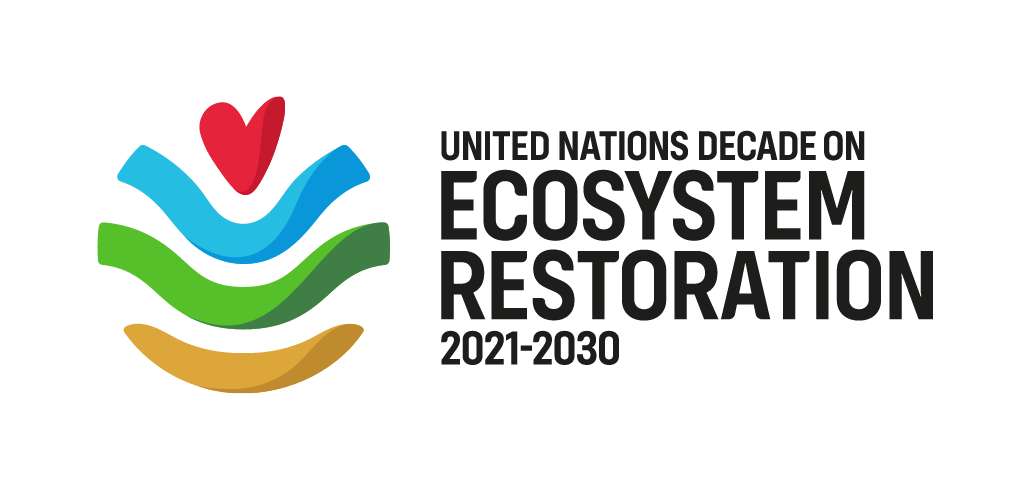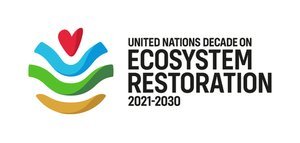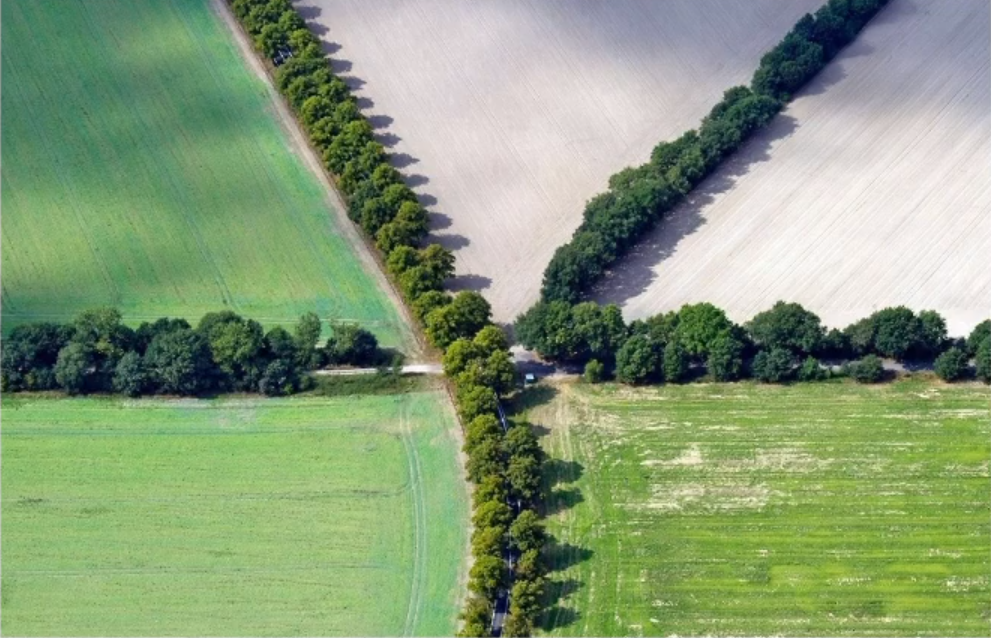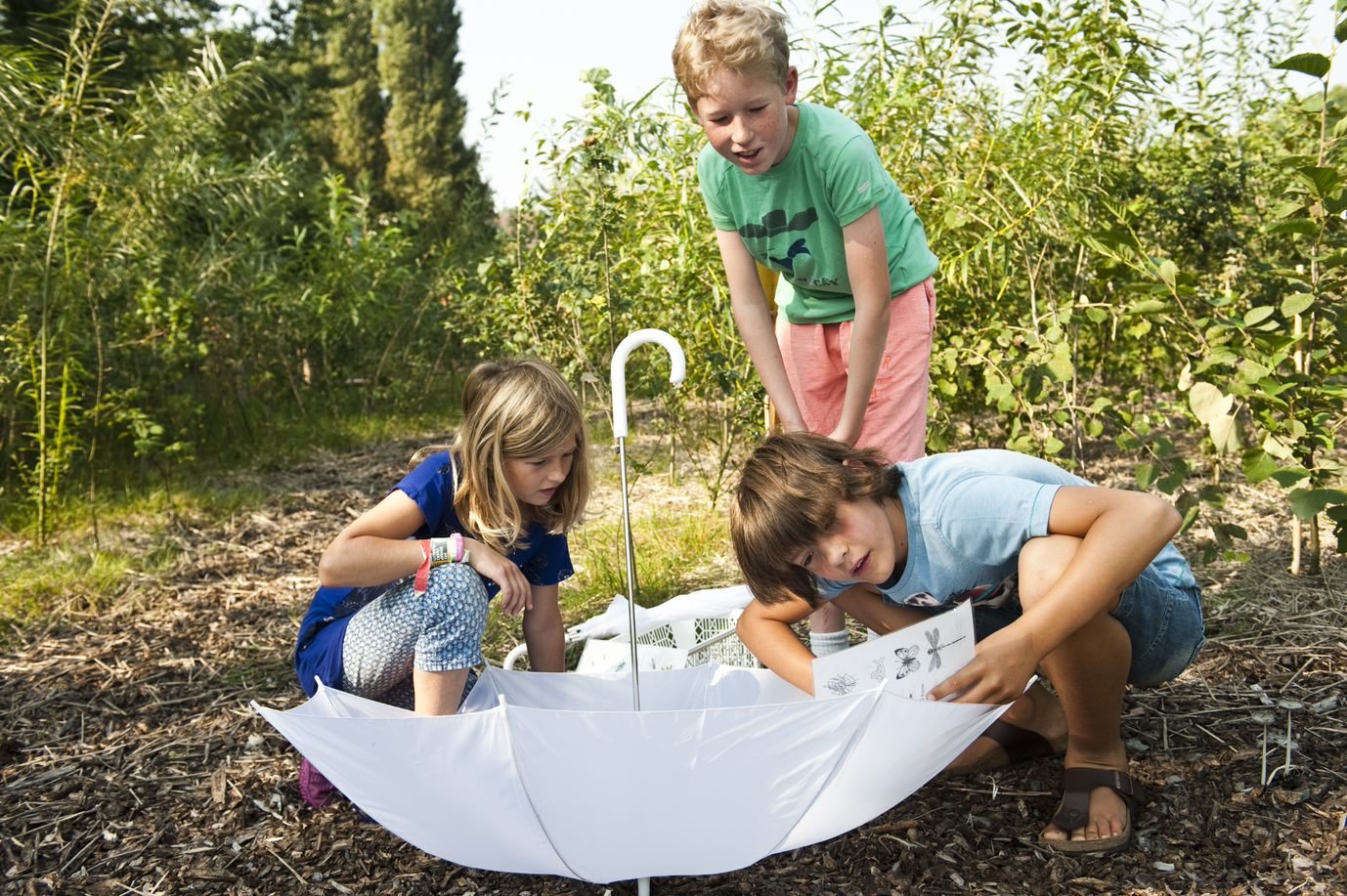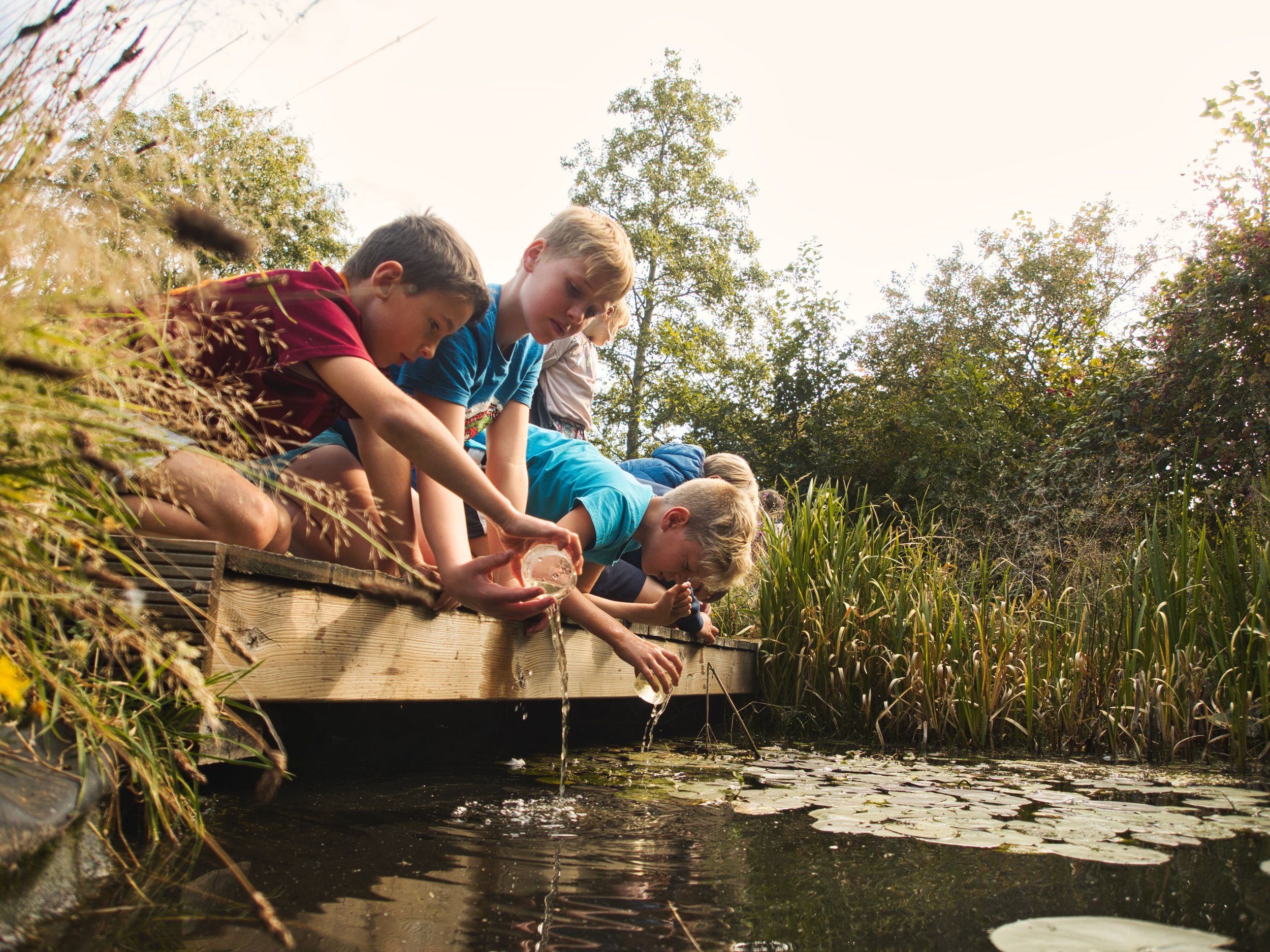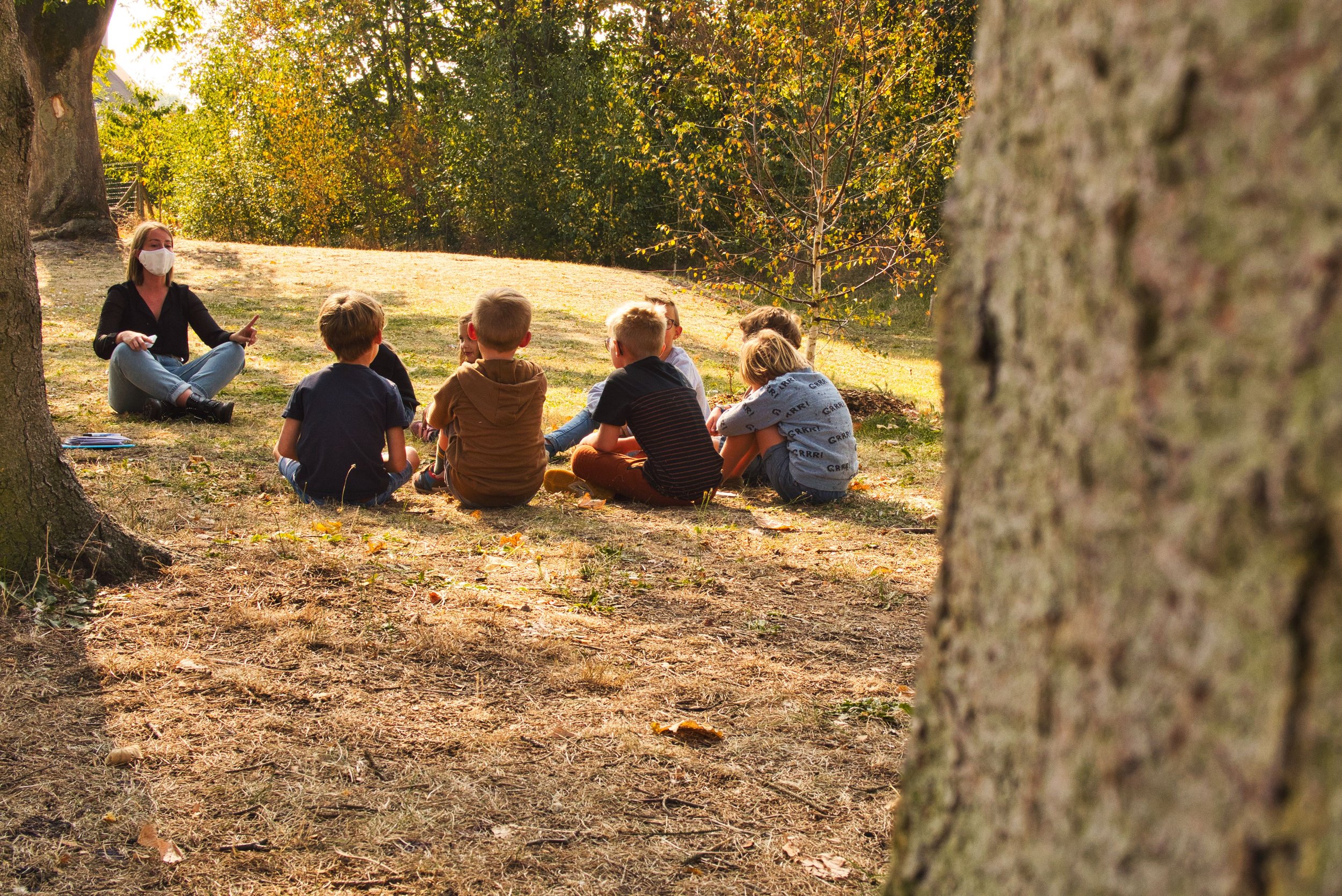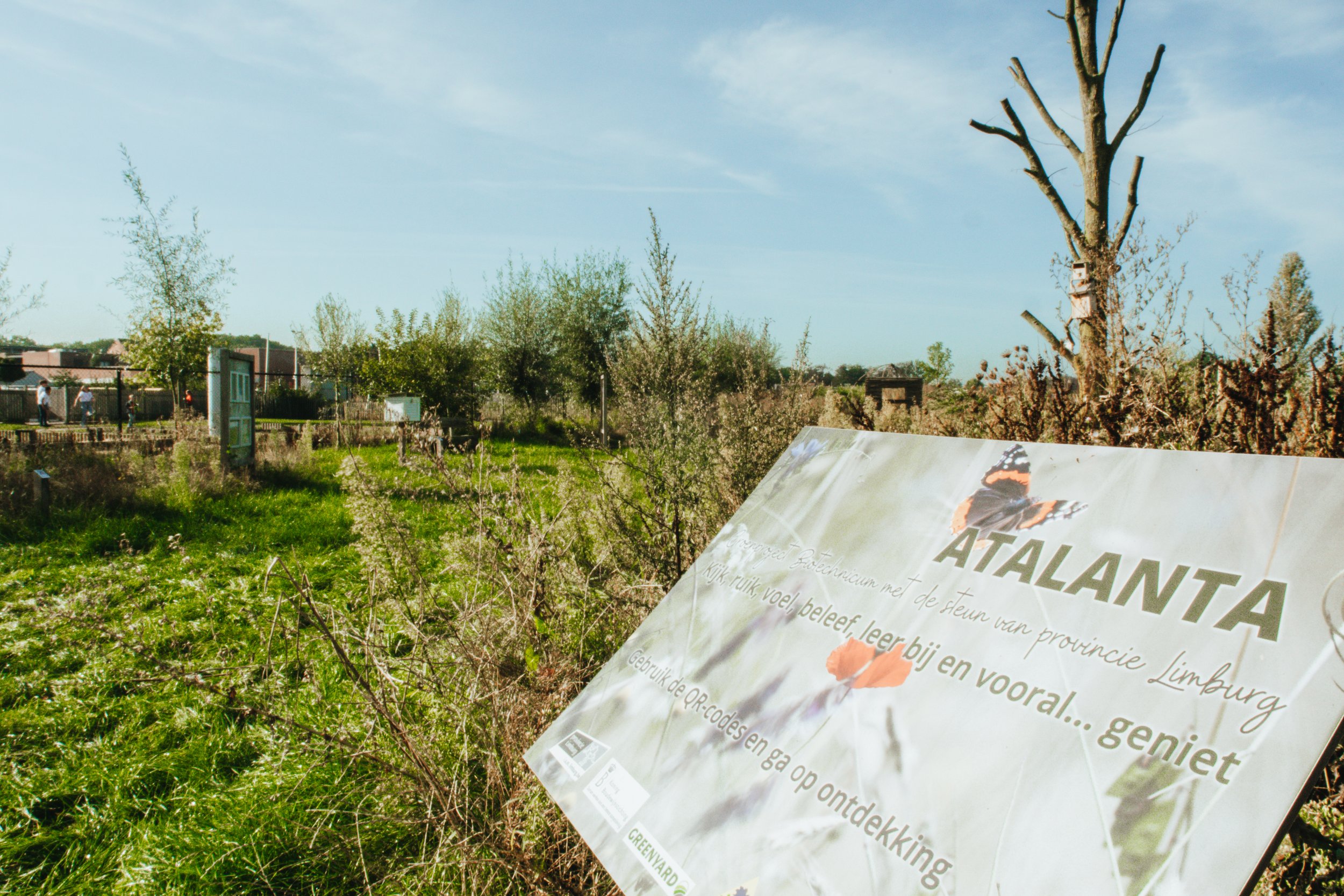“The era of global warming has ended; the era of global boiling has arrived.”
- Antonio Guterres
July 2023 was the hottest month globally since records began in 1880. The tangible effects of climate change are evident; some metropolitan areas are already experiencing shifts in climate patterns from humid continental to subtropical, such as New York. While the importance of climate education becomes increasingly apparent, the United States falls behind many other nations in providing this essential knowledge to students.
To address this educational gap, the Resilient Schools Consortium (RiSC) program was initiated in New York in 2017. In following years, the program was adapted in the U.S. Virgin Islands, Texas, New Jersey, and currently Puerto Rico. The primary objective of RiSC is to equip students with a comprehensive understanding of climate science, climate change impacts, climate justice, and strategies for enhancing climate resilience.
The most recent phase, RiSC 3.0, unfolded in New York from 2020 to June 2023, engaging seven schools with a particular focus on Coney Island. Situated in a high-risk zone for sea-level rise and storm surges, Coney Island had a stark encounter with the realities of climate change during Hurricane Sandy in 2012 and continues to deal with street flooding during heavy rains. Despite its vulnerability, this area receives minimal support, making it essential to gather data on its environmental challenges to undertake proactive resiliency measures.
UASEM students at Coney Island Creek. Credit: Emmy Lee.
The RiSC program curriculum 3.0, was collaboratively developed by the National Wildlife Federation (NWF) with teachers and community partners. Nine engaged teachers across seven schools were teaching the students for two hours a week each for a total of 25 weeks spread over a school year using the educational materials provided. The program's curriculum includes a total of three Climate Action Projects that build on each other.
During the RiSC program, students engaged in a comprehensive learning experience that extended beyond the classroom. While they acquired knowledge in a structured academic setting, they also had the opportunity to participate in outdoor learning experiences. In the fall, students visited the local shoreline in Coney Island. Guided by experts from the National Wildlife Federation (NWF) and the American Littoral Society, they delved into the intricacies of the local ecosystem, particularly Coney Island’s natural sand-barrier island. This hands-on exploration helped students visualise the consequences of rising sea levels and introduced them to the ecological importance of beach grasses. They learned that vegetated dunes not only serve as a natural protector against shoreline erosion and coastal flooding but also provide a vital habitat for wildlife.
Measuring Sea level rise with Dr. Brett Branco. Credit: Heather Sioux.
In the classroom, RiSC students began studying the history of Coney Island. In the first Climate Action Project, they prepared an exhibit, which depicted Coney Island in different time periods of its environmental and social history, as well as the current and future impacts of climate change.
An integral aspect of the RiSC program was its connection with the local community. So in the next step, students interviewed Coney Island residents to capture their voices and perspectives with the objective of better understanding the coastal community’s needs to adapt to climate change impacts. Students conducted interviews with community members to gain insight into their experiences and challenges related to climate change, highlighting the social and economic disparities and emphasizing the importance of collective action. These interviews were recorded and edited into a podcast format.
Finally, RiSC partners organised an open house where students met with Coney Island residents to share lessons learned and to film a documentary about the program and its role in community resilience.
RiSC Community Partners and Local Advisors at Teacher Workshop.
As part of their involvement with the RiSC program, students collectively planted 25,000 beach grass culms in Coney Island Creek Park, a NYC Park and estuary that includes one of the last remaining creeks in New York City. This action aimed to lay the foundation for the restoration of sand dunes, vital for coastal ecosystems resilience. These habitat restoration activities empowered students with practical knowledge, skills, and tools to tackle climate change and its consequences head-on.
RiSC dune grass planting, Coney Island.
Student planting dune grass.
Abby Jordan, a Coney Island resident, RiSC program advisor, and RiSC team instructor at Liberation Diploma Plus High School, a transfer high school, said:
“The Lib RiSC team was able to cultivate enriching experiences that empowered them to continue asking questions and advocating for change. As their instructor, it was a tremendously rewarding experience watching the team grow in their skill sets and experiences. We now have a group of talented young folk who can confidently say they know how to revegetate dunes and know how to talk to community members about climate change and coastal resilience.”
The program actively contributed to habitat restoration and biodiversity conservation by engaging students in hands-on sand dune restoration. Simultaneously, it promoted youth well-being, transforming students into ambassadors for Coney Island’s climate resilience. As stewards of the future, young people need to be equipped to address the impending challenges, build resilience, and protect people and nature. RiSC empowers these young individuals to become change agents within their communities.
Funding for the RiSC program is made possible through the generous support of the Federal Emergency Management Agency (FEMA), the National Oceanic and Atmospheric Administration (NOAA) and private donors. Collaborations with the American Littoral Society, the New York City Parks Department, and other partners further enhance the program's impact and expose students to careers in habitat restoration and the environment that they may not have previously considered.
This extensive network of support and collaboration embodies the essence of the RiSC program, equipping students with valuable skills for sustainable employment and contributing to the goals of the UN Decade on Ecosystem Restoration.
This article is part of our UN Decade on Ecosystem Restoration series, which highlights the projects and activities of FEE members that contribute to the UN Decade.














